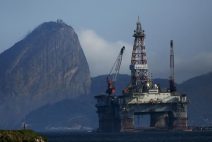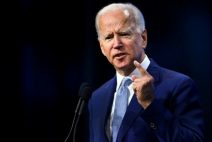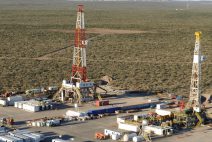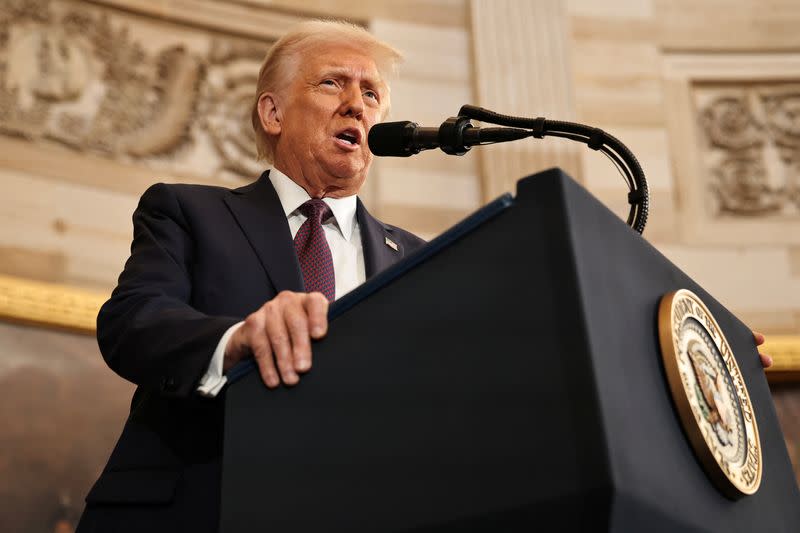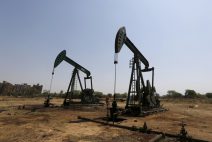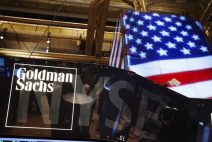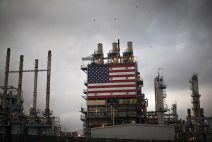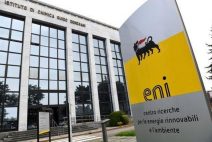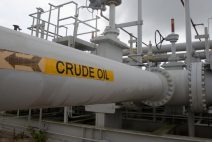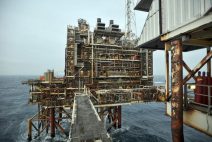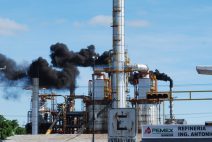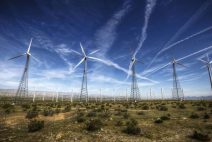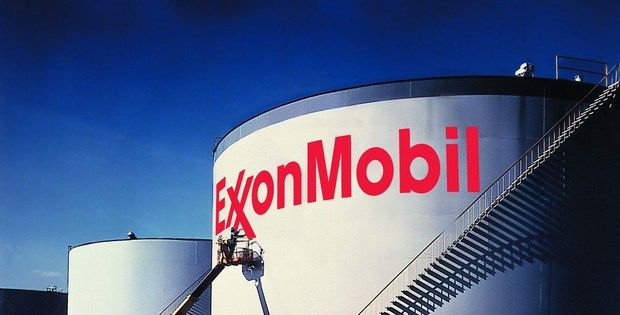Exxon Mobil closed the books on a terrible 2020, reporting losses in the fourth quarter and the full year in the wake of lower oil prices amid the COVID-19 crisis.
Exxon Mobil, which has been criticized over the last year for both its financial performance and its approach to renewable energy investment, suffered a 2020 loss of USD22.4 billion, after posting a profit of USD14.3 billion in 2019.
That marked the company’s first annual loss following the 1999 closure of the Exxon-Mobil merger.
The global energy giant, which was bumped from the prestigious Dow index last year, unveiled new cost-cutting efforts, a new low-carbon business unit and a new board member, changes which the firm said would position it for the future.
However, the moves failed to quash criticism from activist investors seeking to remake the company’s board, or to convince environmentalists who say the United States (US) company is falling behind European rivals in planning for the energy transition.
“Todays patchwork of announcements do not materially alter ExxonMobil’s long-term trajectory nor do they position it to succeed in a changing world,” said the activist group Engine No 1, which has nominated four directors to the company’s board.
In the fourth quarter, Exxon Mobil suffered a loss of USD20.1 billion following huge write-offs. But the results were better than expected when the write-down is discounted. Revenues fell 30.7 per cent to USD46.5 billion.
The company, which announced plans last year to cut 15 per cent of its global staff, unveiled plans for additional spending cuts of USD3 billion in annual expenses expected by 2023.
Chief Executive Darren Woods said 2020 provided “the most challenging market conditions Exxon Mobil has ever experienced, adding that the company responded “decisively” by reorganising its operations and cutting spending.
While oil prices have partly recovered from historic lows during the worst of the pandemic shutdowns, US oil prices in the fourth quarter traded in the low USD40 per-barrel range, off from the mid-USD50s in the year-ago period.
